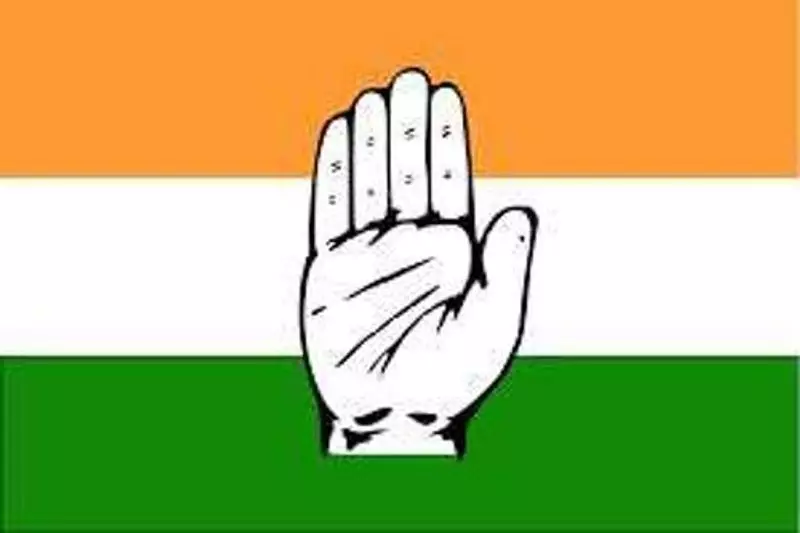
The Congress party in Punjab is navigating turbulent political waters as it prepares for upcoming elections, banking heavily on a fragmented Panthic vote to secure its position in the state. Despite facing multiple controversies and internal challenges, the party leadership believes that division among traditional Akali Dal voters could work to their advantage.
Congress Strategy Amid Political Challenges
Senior Congress leaders have identified what they perceive as a significant opportunity in the current political landscape. The traditional Panthic vote, which has historically favored the Shiromani Akali Dal, appears to be splitting among multiple parties, creating an opening for Congress to capitalize on the division.
This strategic calculation comes at a crucial time for the party, which has been grappling with internal dissent and public controversies. Several high-profile leaders have found themselves embroiled in disputes that have tested the party's unity and public image. However, party insiders remain optimistic about their electoral prospects, particularly in key constituencies where the Panthic vote is substantial.
Key Constituencies and Candidate Dynamics
The party's hopes are particularly pinned on constituencies with significant Sikh populations where the Akali Dal's traditional dominance is being challenged by newer political entrants and independent candidates. Congress leaders believe that with the right candidate selection and campaign strategy, they can appeal to moderate Sikh voters who may be disillusioned with their traditional political affiliations.
Prominent Congress figures including Sukhjinder Singh Randhawa and former Chief Minister Charanjit Singh Channi are playing crucial roles in this electoral strategy. Their understanding of regional dynamics and community sentiments is considered vital for the party's success in navigating the complex political terrain of Punjab.
The party has been carefully analyzing voting patterns from previous elections, noting that in several constituencies, the division of Panthic votes among multiple candidates has previously worked to Congress's advantage. This historical precedent forms the basis of their current electoral calculations.
Internal Challenges and Future Prospects
Despite the strategic optimism, the Congress party faces significant internal challenges that could impact their electoral performance. Several party members have expressed concerns about organizational unity and leadership direction, issues that need urgent addressing as election preparations intensify.
The party leadership is working to present a united front to voters while managing internal differences. Campaign strategies are being refined to highlight Congress's governance record and development agenda while simultaneously appealing to voters who might be considering alternative political options.
Political analysts suggest that Congress's ability to capitalize on the divided Panthic vote will depend heavily on their candidate selection, campaign messaging, and organizational strength at the grassroots level. The coming weeks will be critical as the party finalizes its electoral strategy and works to overcome both internal and external challenges.
As Punjab prepares for another significant electoral battle, all eyes remain on how traditional voting patterns will shift and whether Congress's calculation about the divided Panthic vote will prove accurate. The outcome could significantly reshape Punjab's political landscape and determine Congress's future in the state.





